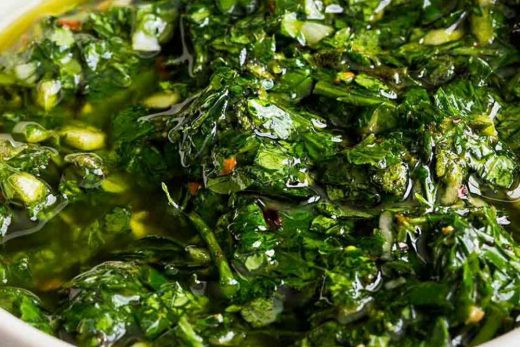January 15, 1919. North End of Boston. A large tank holding 2,300,000 gallons of molasses bursts, flooding the streets at 35 mph. The sticky wave plows through men, women, children, and horses. The molasses flow is strong and swift enough to knock down buildings and even buckle an elevated railroad, knocking a train off its tracks. The great Boston Molasses Disaster claims 21 lives, not including horses and dogs, and injures 150.
And yet, when rum was dubbed kill-devil, I don’t think this is what its critics had in mind.
Rum: A Definition
Rum is a spirit distilled from the fermented juice of sugarcane, sugarcane syrup, sugarcane molasses, or other sugarcane by-products. It’s distilled at less than 95% alcohol by volume (190 proof) and bottled at not less than 40% alcohol by volume (80 proof). Note: There are flavored rums bottled at less than 40% alcohol by volume, but I won’t be talking much about those.
The legal definition of rum tends to vary from country to country, so establishing a strict definition that applies to all rum from everywhere is impossible. What’s consistent, though, is that rum is always based on molasses, sugarcane juice, or other cane by-products.





